 Roman Military Equipment
Roman Military Equipment
Protective Equipment - Roman Helmets:
the typical helmet of the Roman republican period, derived
from Celtic
helmet design, similiar types found from Spain, Gallia, into northern
Italy.
Mostly found without cheek pieces (which were possibly made of leather
in many cases). Later Montefortino helmets are the first helmets proven
to be of Roman origin through inscriptions (mostly names of soldiers).
General rule is that the more decoration the earlier the helmet is
likely to be. The mass armies after the reforms of Marius end of the
2nd
century BC called for mass produced cheap but effective helmets. Little
effort was spent on decorating the equipment for the mainly poor
legionaries.
Here a soldier wearing a Montefortino type helmet,
shown on a
golden fibula, British Museum, London. Note that this helmet seems to
have
no cheek pieces
Celtic helmet related to the Montefortino
helmets, copy from
RGZM Mainz / Landesmuseum Bonn
Early Montefortino type helmet, formerly
of the Guttmann collection,
now in a US private collection. With metal cheek pieces.
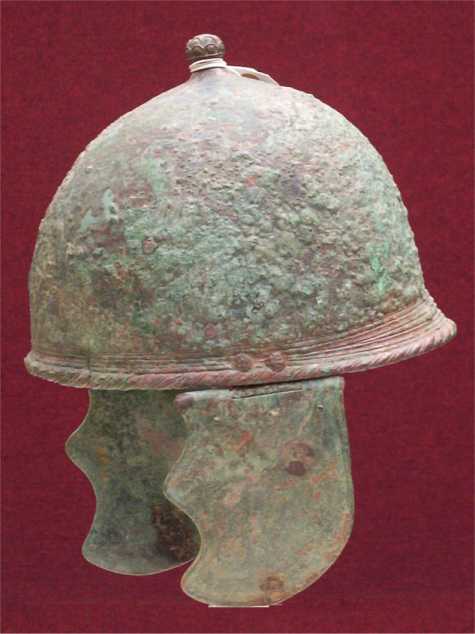
Montefortino type helmet from the Museo Civico Archeologico di
Bologna
(image copyright Museo Civico Archeologico di Bologna)
Montefortino Canosa type helmet (Collection
Axel Guttmann)
Images Herrmann Historika Auction
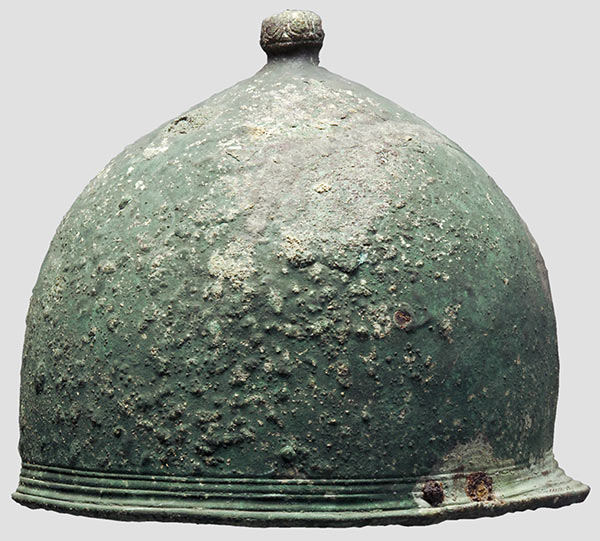
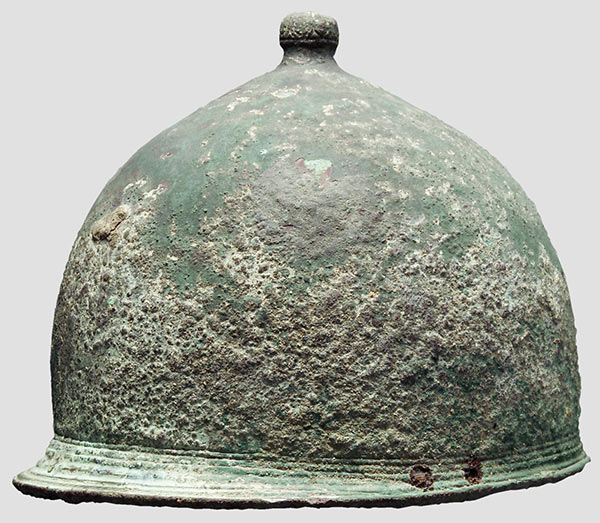
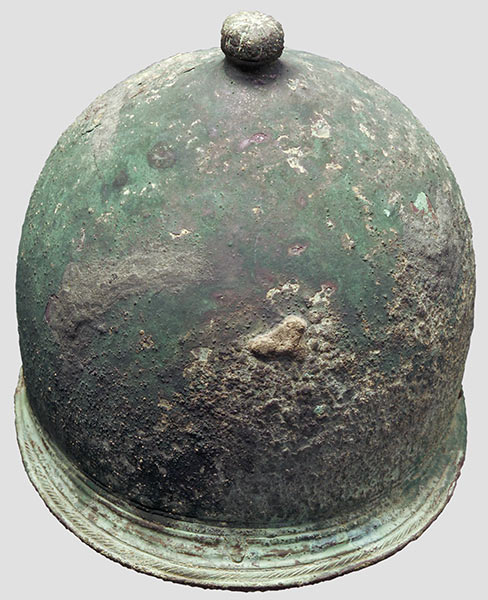
Montefortino,
Images Herrmann Historika Auction
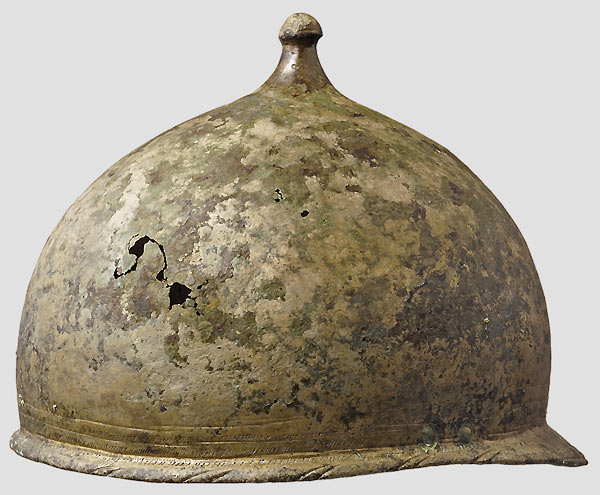
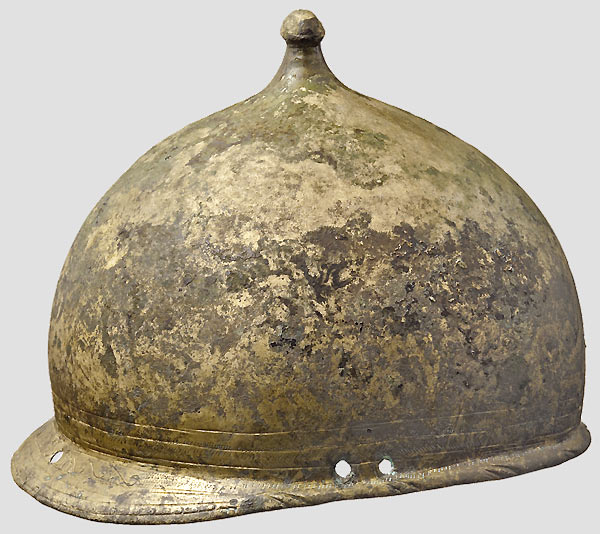
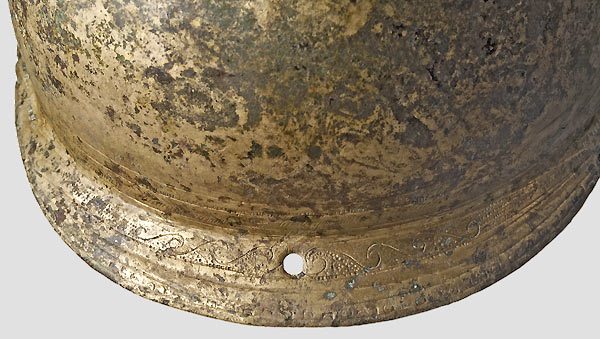
Montefortino Helmet of the 1 century BC,
Collection Axel Guttmann
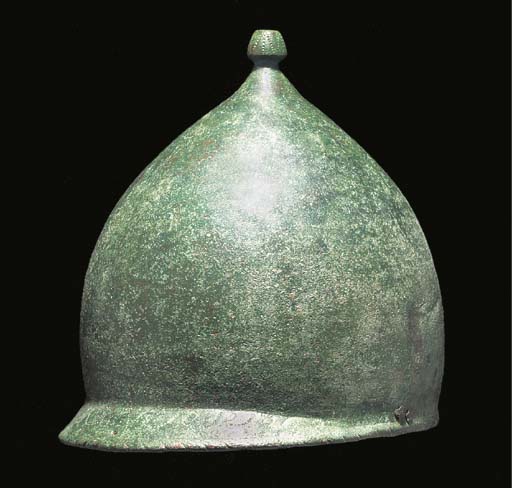
Montefortino, British Museum, London
Montefortino, Louvre, Paris
Montefortino Rieti type helmet (ex
Collection Axel Guttmann)
Images Herrmann Historika Auction
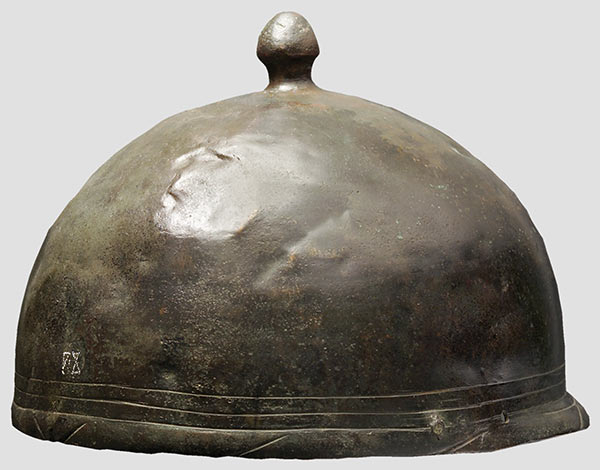
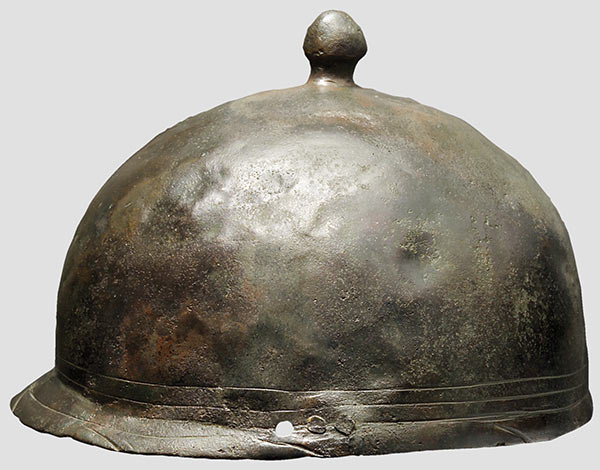
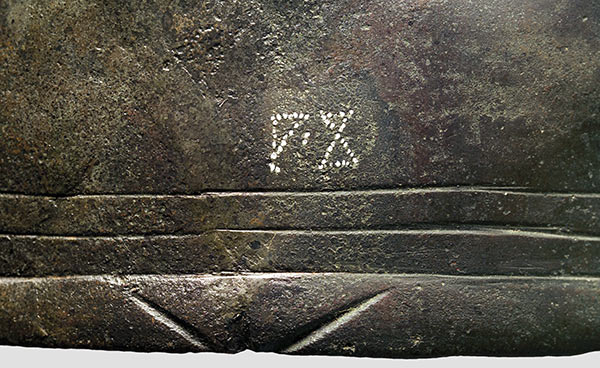 inscription
inscription
Montefortino helmet, ca. 1st century BC,
RGZM Mainz
Montefortino Buggenum
type
helmet, ex Axel Guttmann collection, (images
Herrmann Historika
Auction)
Buggenum helmets are usually without much decoration, simple and
practical,
and show a wider neck guard than the earlier Montefortino type helmets
it is clearly dervied from. This type is thought to have been in use
during
the period of Caesar (in parallel to the Mannheim
type helmets)
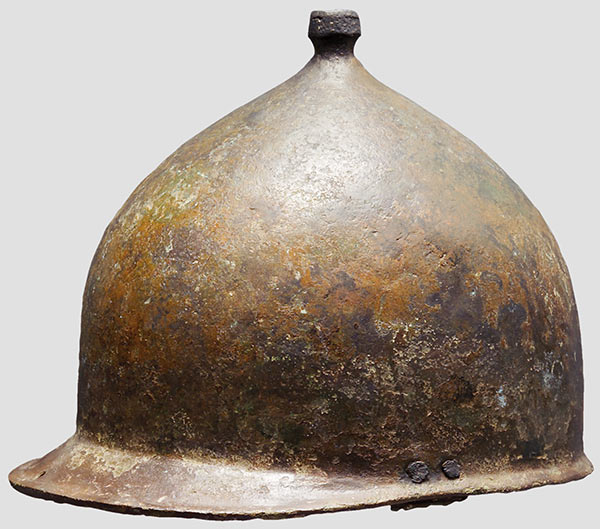
Two late Montefortinos (ex Axel Guttmann collection), both
displaying
damage caused by either intentional destruction or battle. Currently
offered
for sale in the London art market
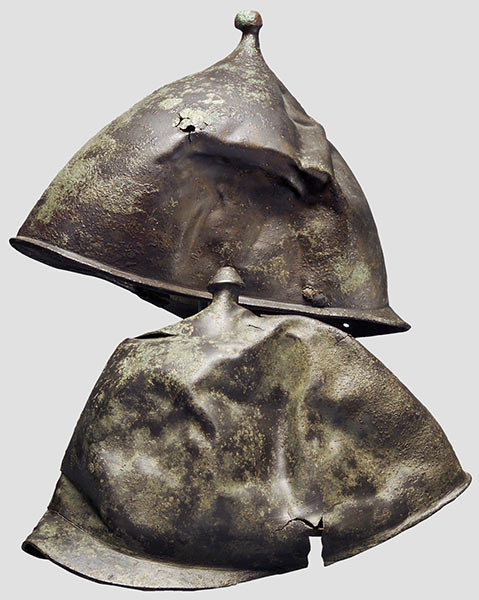
Related Sections of the Roman Numismatic Gallery:
The Location
of Roman Legions
from Caesar to ca. 300 AD is summarized in a table.
Military Equipment
Military Diploma
Roman Legionary Bricks
Countermarks of roman legions on coins are shown in the Legionary
Countermark section.
Coins making reference to roman legions are to be found in the Legionary
Coin section.
Wars and Victories on Roman
coins.
Roman Military Main Page